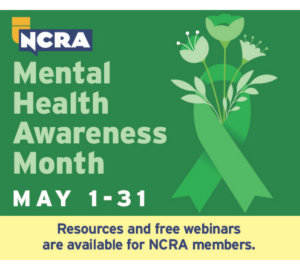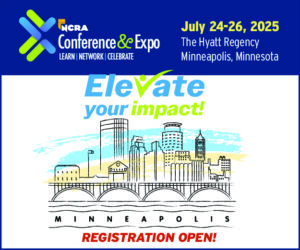In honor of National Punctuation Day, which is celebrated every year on Sept. 24, NCRA asked members of the Proofreading Advisory Council for their best proofreading tips.
Doreen Sutton, RPR, of Scottsdale, Ariz.: “I prefer the printed copy to proofread; I think you catch more. I also make certain that I have no other distractions, i.e., no television or radio, or cell phone — although sometimes my cell phone is close by; I put it on mute. I go to my favorite chair or bed and turn on lots of light, and I can make good, accurate progress.”
Mary Daniel, RDR, CRR, CBC, CCP, of Las Vegas, Nev.: “When proofing a transcript, I find that proofing without audio raises my level of concentration. It’s too easy to miss small words when following along with audio.”
Karen Teig, RPR, CRR, CMRS, of Cedar Rapids, Iowa: “I have to turn off the television and music so I can concentrate on what I’m reading. I wish it were otherwise, but I’m most accurate reading on paper. I wonder why that is.”
Aimee Suhie, RPR, of New Fairfield, Conn.: “My original boss, Lisa Campano, taught me to circle the line number in which there is/are correction/corrections when I proof the hard copy (always!). This way I spot the correction immediately.”
Early Langley, RMR, of Danville, Calif.: “I don’t have the benefit of a hard copy to read because I’m on the road too much. To make up for that, so I don’t lose concentration, I get up every once in a while and have a glass of water. I also change the screen to a different view in my CAT software, i.e., full page, normal view, and sometimes PDF. I look at the transcript in the format that the attorneys will see it. I also check the TP, the footers and the headers, and the appearances to make sure they all match. I use automatic indexing. That saves time and improves index accuracy significantly. I also use a scopist. It’s easy to overlook my mistakes, and another person’s eyes help to prevent that.”







